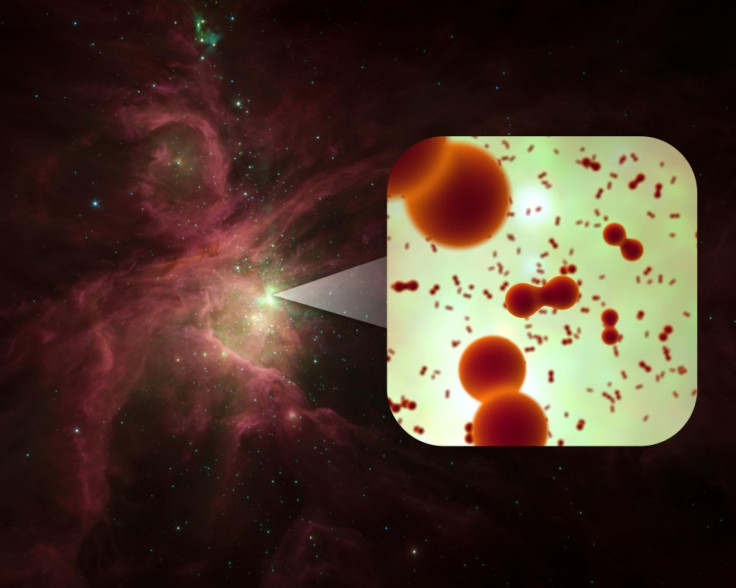Herschel Detects First Oxygen Molecules in Space [PHOTOS]

For the first time ever, oxygen molecules have been discovered by Herschel in the Orion nebula, ending a 230 year mystery of oxygen's whereabouts in space.
The Herschel Space Observatory, a mission under the European Space Agency (ESA), found oxygen molecules, composed of two atoms of oxygen, in dense patch of gas and dust within the core of the Orion nebula. The Orion nebula, situated south of Orion's Belt, is one of the brightest, most photographed star-forming regions visible to the naked eye.
While oxygen is the third most abundant element in the universe, molecular oxygen was never found anywhere in space, until now. The Swedish Odin telescope reportedly spotted a molecule during a 2007 mission, but it was not confirmed. This finding marks certainty among astronomers who have predicted they would find molecular oxygen eventually in the warm regions of space.
"Oxygen gas was discovered in the 1770s, but it's taken us more than 230 years to finally say with certainty that this very simple molecule exists in space," said lead author Paul Goldsmith, NASA's Herschel project researcher at the agency's Jet Propulsion Laboratory (JPL).
Goldsmith explained that oxygen stored in ice particles that coat tiny dust grains are present throughout this region in space. As heat from stars forming in nebulas warm the icy grains, water is discharged which forms increased amounts of molecular oxygen in the dense gas clouds.
"This explains where some of the oxygen might be hiding," Goldsmith said regarding the whereabouts of oxygen molecules rarely found in space.
Herschel used large telescopes and HIFI far-infrared detectors to split light from regions in the Orion nebula, highlighting its submillimeter wavelengths. These wavelengths translate information in spectra which showcase the individual fingerprints of molecules.
However, the team of astronomers under Goldsmith underestimated the presence of molecular oxygen in space. They only found one molecule of oxygen in Orion for every million, or so, hydrogen molecules.
"Theory suggests we should find lots of oxygen atoms locked in molecular oxygen, but previous searches kept falling short of such a large amount," Goldsmith said. "We didn't find large amounts of it."
The discovery of molecular oxygen through Herschel has concluded a long hunt while simultaneously prompting additional search efforts for more oxygen in other star-forming nebula regions.
Goldsmith said they "still don't understand what is so special about the spots where we find it. The universe still holds many secrets."
© Copyright IBTimes 2024. All rights reserved.






















